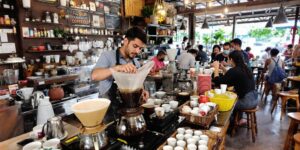You may be a coffee lover, but have you ever heard of specialty coffee? Even if you have heard about it, do you know what specialty coffee is? Coffee can be defined as specialty or commercial grade. For consumers, the most noticeable difference between commercial and specialty is the packaging. Commercial coffee normally comes in small bottles of instant or ready ground and is packed in tins or plastic-encased brick. Speciality coffee will be delivered as whole beans in bulk or one-pound bags. You have to ground it before brewing it.
Speciality coffee has become popular in recent years, especially when more cafes are popping out, and youngsters are more willing to spend. More people are seeking a higher quality coffee sourced and roasted with care.
If you have not tried out speciality coffee and wonder what it is about, here we are to discuss more about it and what makes specialty coffee special.
What Is Specialty Coffee?
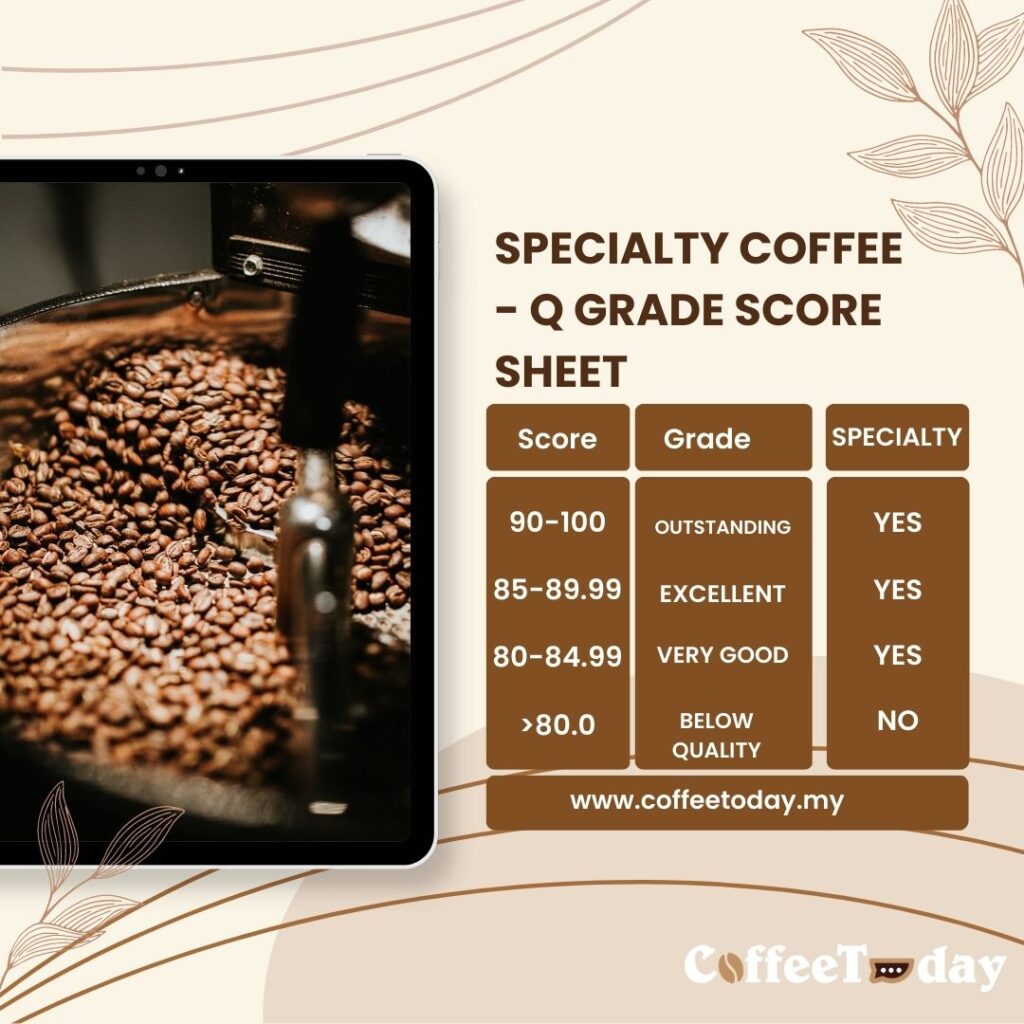
Specialty coffee refers to coffee the Specialty Coffee Association (SCA) evaluates. There are strict rules and regulations regarding classifications. There is a scale called the “specialty scale”, where specialty coffee needs to score 80 or above out of 100. The scale is determined by SCA.
Specialty coffee is all about quality. It undergoes rigorous selection processes; only the highest-grade specialty coffee bean make the cut. This ensures coffee enthusiast gets to enjoy each cup of specialty coffee. From the coffee bean farm to the specialty coffee shop, it has to meet specific expectations where coffee lovers get to have a high-quality morning brew.
These coffee beans are grown at high altitudes. The climates and soil compositions are carefully managed. It will be harvested, processed with care, and roasted in small batches by skilled roasters to produce unique flavors.
Coffee sources will have to put a lot of effort into finding the perfect specialty coffee bean to produce this high-quality coffee. One of the most exciting aspects of specialty coffee is its diverse range of flavors. Depending on factors like the coffee bean variety, cultivation region, and brewing methods, specialty coffees can offer a wide array of taste experiences, from fruity and floral to nutty and chocolatey. Specialty coffee shops often use a manual brewing method to bring out the unique flavor and aromas of the coffee.
Specialty Coffee: From Seed To Cup
Beginning
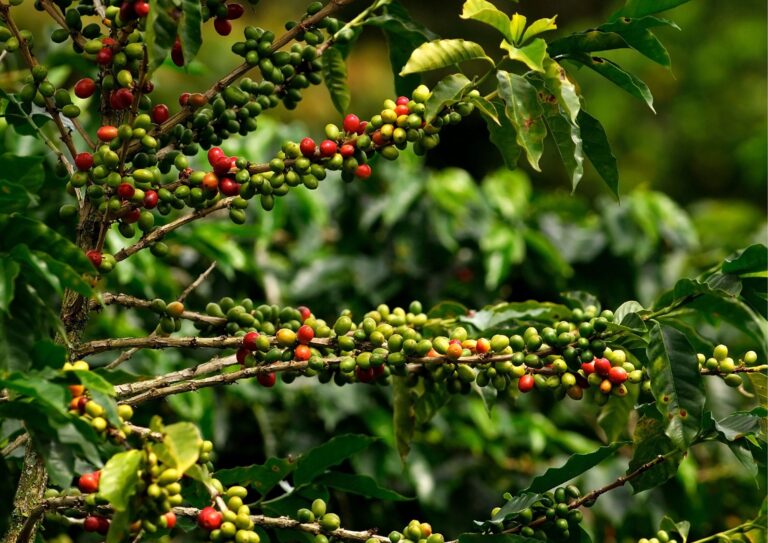
It all starts with the coffee plant. Coffee beans are actually seeds that can only be used to brew after being dried, roasted, and grounded. The most commercial coffee beans for specialty coffees are Arabica and Robusta . You have hundreds of sub-varieties and hybrids within those two broad categories of coffee.
These seeds are carefully selected based on the desired coffee variety and the conditions of the region where they will be cultivated. Coffee farmers nurture these seedlings in controlled environments until they are robust enough to be transplanted to the coffee farm.
Specialty Robustas are an emerging segment of the coffee industry, but Arabica coffee varieties are currently the ones that can achieve the specialty status. Compared to Robusta, Arabica coffee tends to have more delicate notes and pleasant acidities.
Harvesting
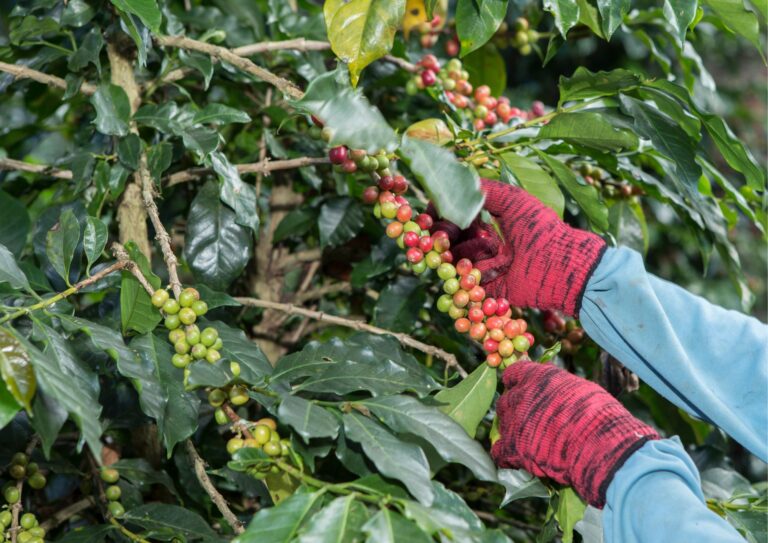
Coffee plants are cultivated with precision and care. The coffee farmer will tend to their crops, ensuring they receive the right amount of sunlight, water, and nutrients.
It usually takes around 3 to 4 years before the newly planted coffee plants are ready to bear fruit. When the fruit is ready to be picked, farmers have to take note of the harvesting techniques.
The seed is often called the coffee cherry, given its semblance to the fruit. When the coffee cherries ripen, skilled hands pick them one by one. This labor-intensive process ensures that only the ripest cherries are selected, as they contain the most flavor.
There are two methods to harvest: strip picking and selective picking. But coffee cherries don’t all ripen at the same time. While mechanical harvesters are faster, they lack the discerning touch of human hands. Experienced pickers can select only the ripe cherries, leaving the unripe ones for a later harvest. This selective harvesting ensures the highest quality beans.
Post Harvesting
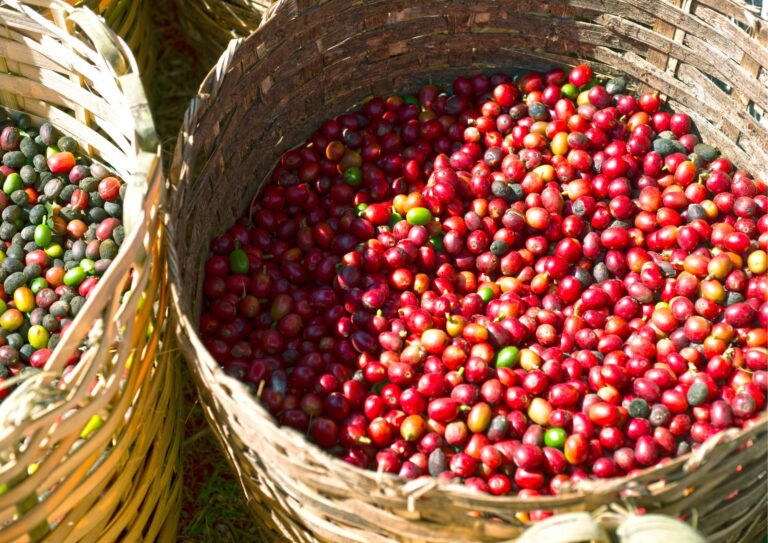
The first order of business after harvesting is to sort the cherries once again. This time, the focus is not just on ripeness but also on the removal of any debris, leaves, or twigs that may have made their way into the harvest. This initial sorting ensures that only pristine cherries continue in the process.
You can never judge a book by its cover too. The nicest-looking beans may not be perfect, as they can conceal their inner defect.
The harvested cherries are now ready for processing. The method chosen can significantly influence the flavor of the coffee:
Dry Processing: In this traditional method, cherries are spread out in the sun to dry. The pulp naturally separates from the beans as they dry, infusing them with fruity and sometimes wine-like flavors.
Washed Processing: Cherries are pulped to remove the outer skin and pulp, leaving the beans with a clean, crisp taste. They are then fermented to remove any remaining mucilage before drying.
Selection
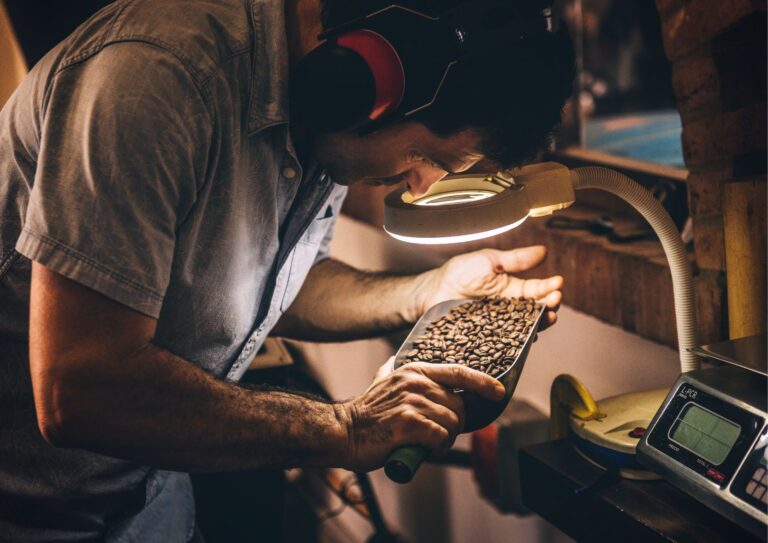
The beans will be rested for up to 3 months in their parchment. After the beans have dried, the parchment will be removed, and there will be a further selection again by hand. This is to check for defects, such as insect damage, chips, and sour beans.
There are countries where the beans will be sorted by size as an additional part of the process. At this point, the beans are first graded based on their appearance. Beans with too many physical defects won’t be considered for specialty grading.
First Cupping
Video Credit: Onyx Coffee Lab
Shipping
The first step in shipping specialty coffee beans is the packaging. Coffee beans are typically sealed in specially designed bags, like Ecotack, to protect them from exposure to light, air, and moisture—elements that can compromise freshness.
Second Cupping
Roasting
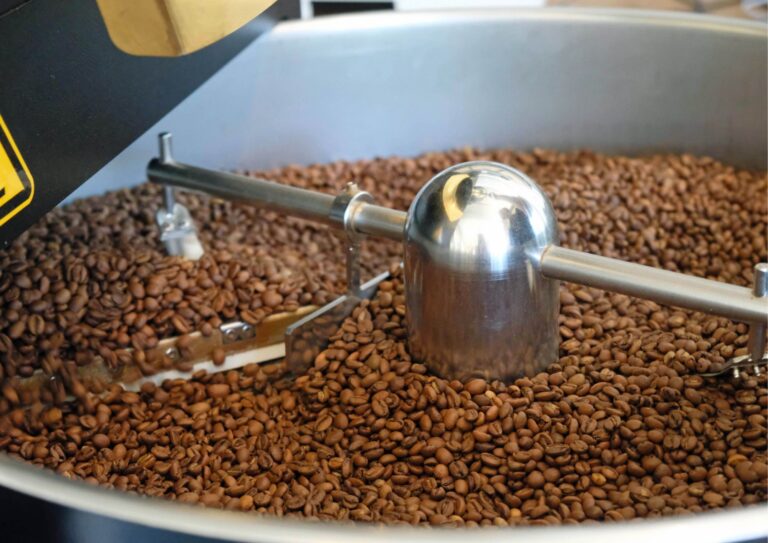
Specialty coffees are roasted lighter than commercial coffees, and this is to keep the flavor of the beans as much as possible. Darker roasts can burn off bad flavors in the coffee and also the good ones. A good roaster shouldn’t over-roast the coffee beans to preserve the aromas of the beans. If it is not roasted properly, it will affect the quality of the coffee.
Extraction
This is the final stage, where it will transform the bean into a drink. You can brew the coffee in many ways, such as using an espresso machine, a French Press, a Chemex, and many more. No matter which brewing method you choose, you need to use the correct way to extract the coffee. Over-extracted coffee will be bitter and astringent, while under-extracted coffee will be watery and overly acidic.
The Specialty Coffee Experience

Specialty coffee offers a direct connection to the coffee’s origin. You can learn about the coffee farmer who nurtured the beans and the terroir that shaped their flavor through traceability and transparency. It’s a reminder that every cup of specialty coffee is a product of human effort and nature’s influence.
Specialty coffee lovers seek out freshly roasted beans. They understand that the moment of roasting is a crucial turning point, and they prioritize beans that are at the peak of their flavor. It’s a quest for the freshest experience.
The specialty coffee experience is a journey without an end. It’s a world of constant exploration, where new beans, origins, and techniques continuously expand the horizon of taste and appreciation.
You can enjoy a cup of coffee at a specialty coffee shop, such as Bean Depot. Meet up with other specialty coffee lovers where you can exchange your views.



